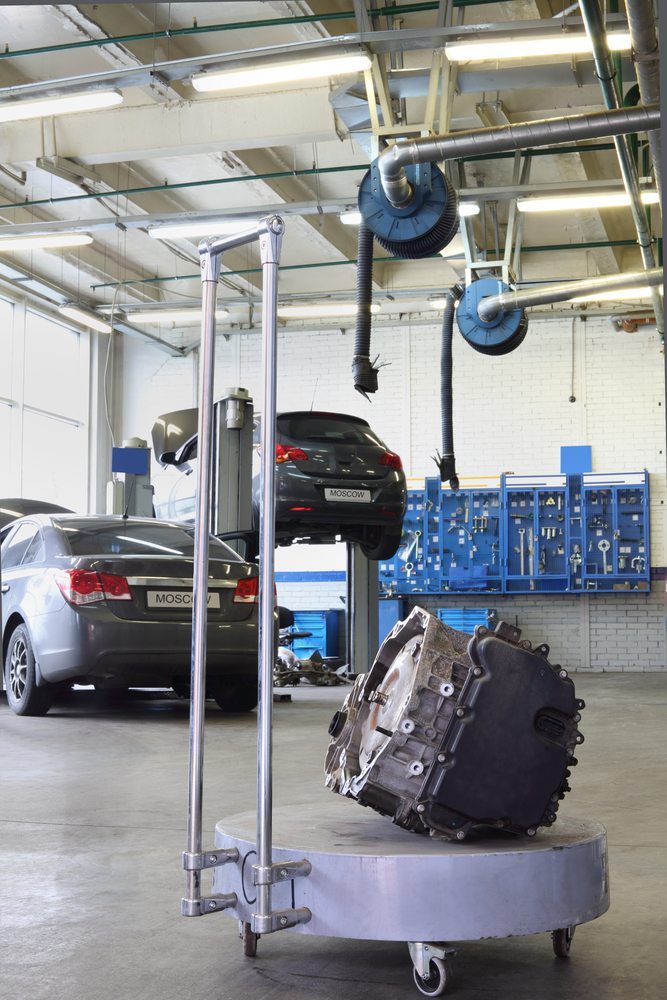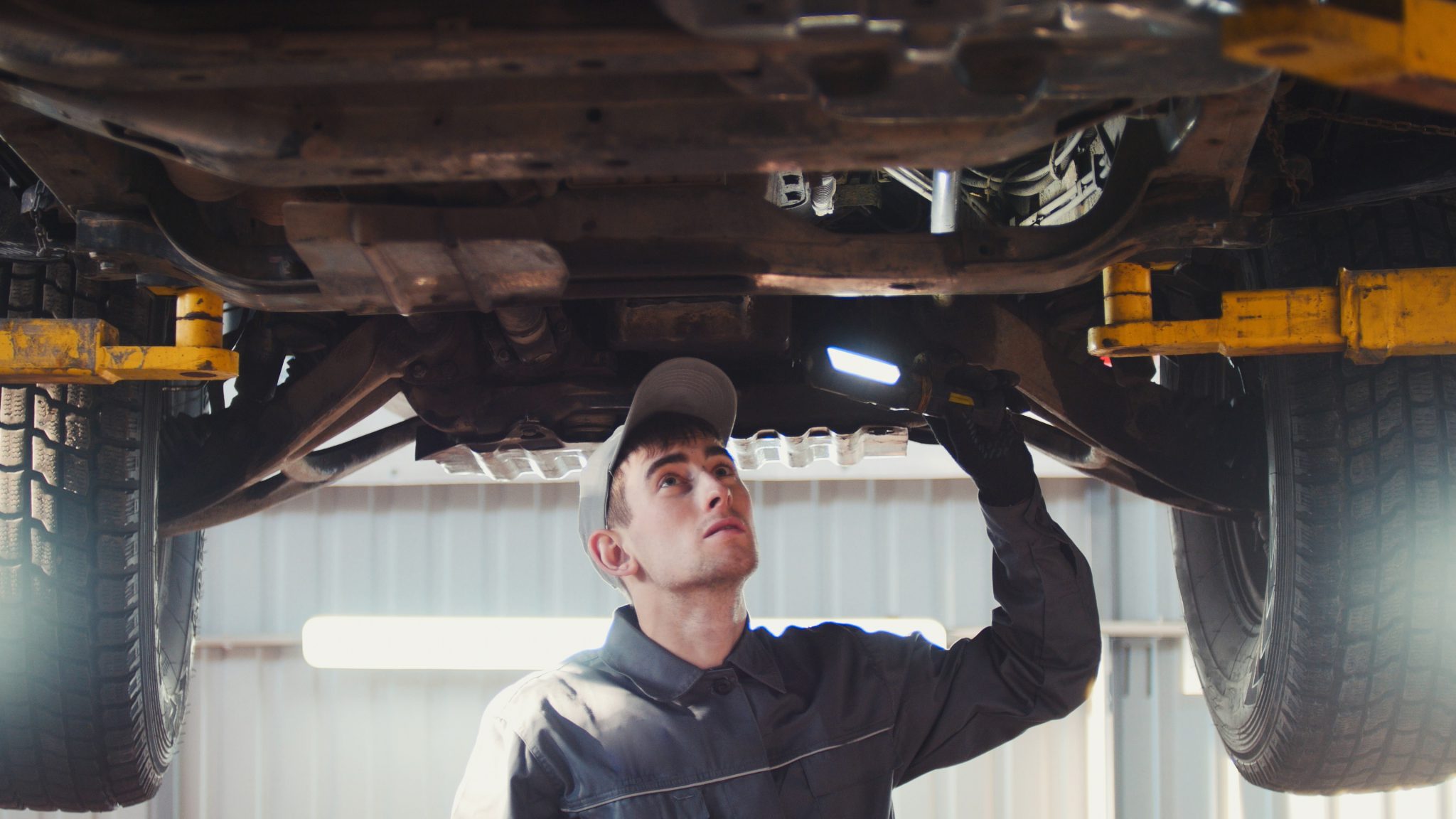Many parts managers overemphasize wholesale business, at the expense of total dealership profits.
BY DON REED
What is a dealership parts department’s primary mission? The key word there is “primary.” We all know a parts department is responsible for providing parts to essentially three categories of customers: 1) Service customers, 2) retail counter customers and 3) wholesale customers.
While all three of these customer categories are important and must be provided the highest level of service each and every day, the parts manager and staff still must prioritize their efforts to ensure they achieve their primary mission. I define that primary mission as follows:
The primary mission of a parts department is to support the dealership’s technicians.
Good Reasons To Put Techs First
Why do I put the dealership techs ahead of other customers in the priority order? For these reasons:
1) The techs place more parts requests than any other category of customer.
2) The techs generate more parts sales than any other category of customer.
3) The techs produce more parts gross profit than any other category of customer.
4) The techs service more dealership customers than any of your other parts customers.
5) The techs, along with their advisors, have the highest impact on the dealership’s CSI rating.
Simply put, a parts department would not exist without a service department, and conversely a service department cannot exist without parts. So, obviously they are interdependent, and as such the techs must be considered the parts department’s No. 1 customer. Therefore, the parts department must provide them with the highest level of service possible. That simply means delivering a part to the technicians in the shortest possible amount of time, and not assuming you can coast because it’s a co-worker.
A Revealing Conversation
During one of my workshops, I reviewed the definition I mentioned earlier with an audience of dealers, GMs, fixed-ops directors and a few parts managers. All of them agreed with my definition except for one parts manager, who pointed out that his wholesale parts operation was substantial and more of his parts were sold wholesale than retail on repair orders.
“Are you sure about that?” I asked. “Yes,” he replied. Me: “How much do you sell per month?” Him: “I average about $144,000.”
Me: “Okay, good job. What is your profit margin?” Him: “12 percent.” Me: Okay, that 12 percent produces about $17,000 in gross profit. How many trucks do you have?” Him: “Two.” Me: “Okay, how many support personnel do you have?” Him: “Two drivers; two others who man the phones and stock/pick parts; and myself.”
Me: “How far will you drive to deliver a part?” Him: “Up to 50 miles.” Me: “Do you deliver parts to your technicians?” Him: “No.” Me: “Okay, how many back counter personnel do you have supporting your 12 technicians?” Him: “Two.”
Flawed Logic Behind Wholesale-First
Can you see where I’m going with this? Let’s recap this proud parts manager’s profit-producing strategy:
- Tag, title, insure, depreciate and fill the gas tank on two trucks
- Employ two drivers and two support personnel, not counting the parts manager
- For those four employees, he pays wages, Social Security, unemployment and fringe benefits.
- Deliver parts in up to a 50-mile radius of the dealership
- There is no time to deliver parts to the technicians.
Now, out of that $17,000 in gross profit he is so proud of, how much do you think is left over after he pays for the direct costs listed above? I’m guessing that third-grade math will give you the answer. He has four support personnel with two trucks and himself to support $17,000 in gross profit. Compare that strategy to the fact that a good technician can produce about $17,000 a month in parts and labor gross profit, multiplied by the 12 techs in his shop. That would mean the dealer makes $204,000 after the technicians are paid! Hello!
Okay, let’s concede that maybe your techs are not quite that good and can only be 60 percent productive. You would still end up with over $100,000 vs. $17,000!
 Standards For Serving Your Techs
Standards For Serving Your Techs
I’m not saying you should get out of the wholesale parts business. I’m saying that if you think like this parts manager does, you must get your priorities straight to achieve your primary mission. Supporting 12 technicians with two counter people, and failing to deliver the parts to the techs, is not conducive to maximum shop productivity and net profits.
Ideally, you want the techs to get the parts they need when they ask for them, at least 90 percent of the time. If the desired part is not in stock, then what is your process for getting that part as quickly as possible? In most cases, a daily stock order will get that part delivered the following day. If not, your choices are to buy in the aftermarket or from another franchised dealer.
Parts fill rate is crucial to attaining a high level of shop productivity, which should be no less than 120 percent. Obviously, technicians waste time waiting on parts, putting the vehicle back together to get it off their rack and then loading it back on the rack the following day, only to disassemble again. Plus, those techs only get paid on flat-rate hours to do that once
Another opportunity to increase shop productivity is to have the parts personnel deliver to the technicians at their bays. I am forever amazed at how many parts departments will load up their truck and drive 10 or 15 miles to deliver a wholesale part, at a 12 percent to 14 percent profit margin, but refuse to take the time to walk 50 feet to hand-deliver a part to a technician who produces a 40 percent to 45 percent profit margin.
Lastly, by increasing the speed of parts delivery to your techs, you also will reduce your repair cycle times, increase technician productivity, improve CSI and improve owner retention. Circling back to the beginning of my article, the key word to remember is “primary.” It simply means “most important,” which of course leads to providing your customers with a higher level of service with each visit to your service department.








